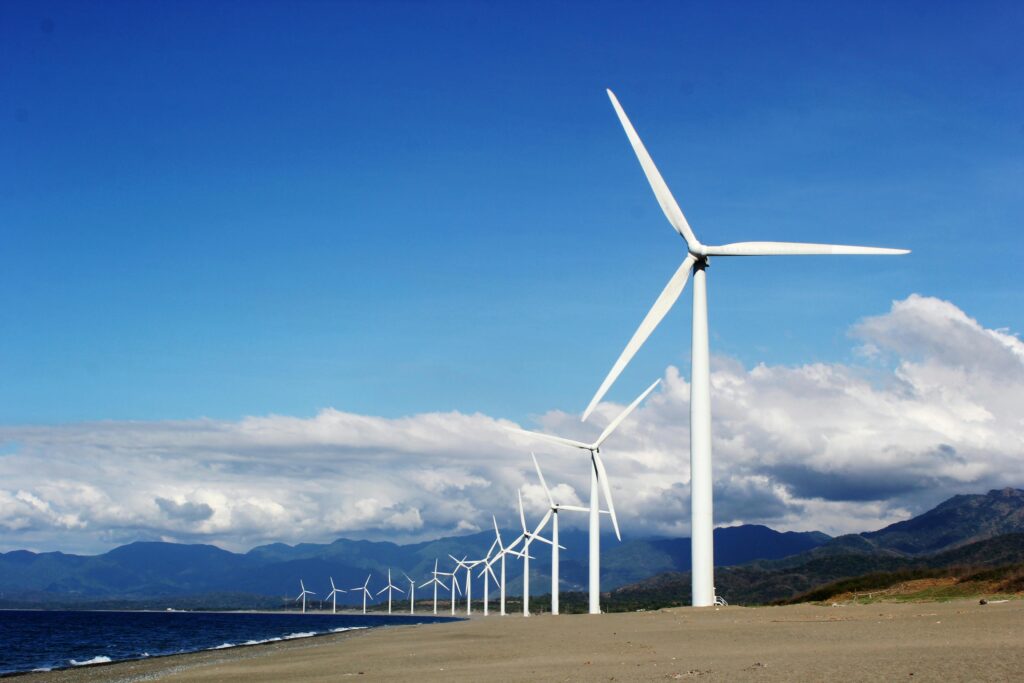Zali Steggall, the Independent MP for Warringah, has built her political identity around climate advocacy. Since her election in 2019, she’s been a vocal critic of government inaction on climate change and a strong supporter of net-zero emissions policies. Yet, her personal actions raise questions about whether she practices what she preaches.

The Skiing Paradox
Zali Steggall’s past as an Olympic skier is well-known, but it’s her continuing involvement in skiing that presents an interesting contradiction. Skiing, especially as practiced by the elite, is a carbon-heavy sport. From frequent international flights to ski resorts to the environmental impact of the resorts themselves (think artificial snow production, energy-intensive facilities, and deforestation), the sport is far from eco-friendly. So, how does a climate warrior reconcile years of personal participation in one of the most carbon-intensive recreational activities?
Has Zali ever suggested that skiing should be reduced or restricted in the interest of the climate? The question becomes even more compelling when we consider her consistent focus on climate accountability for others, yet skiing remains an activity she seems unwilling to publicly condemn.
The Plane Over the Train
Another glaring contradiction lies in her choice of transportation to Canberra. Despite being an outspoken advocate for reducing carbon emissions, Zali Steggall regularly flies between Sydney and Canberra rather than taking alternative lower-emission options like a bus or train. Business-class flights, in particular, carry an even higher carbon footprint per passenger than economy class. Why hasn’t she opted for a more environmentally friendly mode of transport that aligns with her public stance?
Wind Turbines: NIMBYism in Action?
Zali’s electorate of Warringah is coastal, and wind power would seem like a natural fit for an area so focused on reducing carbon emissions. However, Steggall has not been known to advocate for the installation of wind turbines within her own electorate. Wind turbines are a key part of Australia’s push for renewable energy, so why the silence on this issue in Warringah? It leads to a broader question: Is Steggall subject to the classic “Not In My Backyard” (NIMBY) phenomenon, where the impact of clean energy is encouraged elsewhere but kept out of sight from her own constituents?

Is Climate Advocacy Selective?
It’s easy to point fingers at large corporations and fossil fuel giants. But when the spotlight shines on an individual’s lifestyle—especially one built on climate-conscious rhetoric—the inconsistencies begin to show. For a politician so vocal on the need for urgent action to protect the planet, Zali Steggall’s own choices highlight the double standards that often come with public advocacy.
Should Zali advocate that skiing, a pastime directly linked to carbon-heavy practices, be reduced in the name of the environment? And if she truly believes in fighting climate change, should she begin by changing how she personally contributes to it, starting with her travel habits and local environmental advocacy?
Conclusion
Zali Steggall’s career has brought significant attention to climate issues in Australia, but her personal actions show a different side of the story. By shining a light on these contradictions, we’re not questioning the value of climate action—but we are asking if it’s time for Steggall to reflect on her own footprint. After all, climate leadership should start at home.
What do you think?
Share your thoughts in the comments below or submit your own examples of public figures contradicting their values!